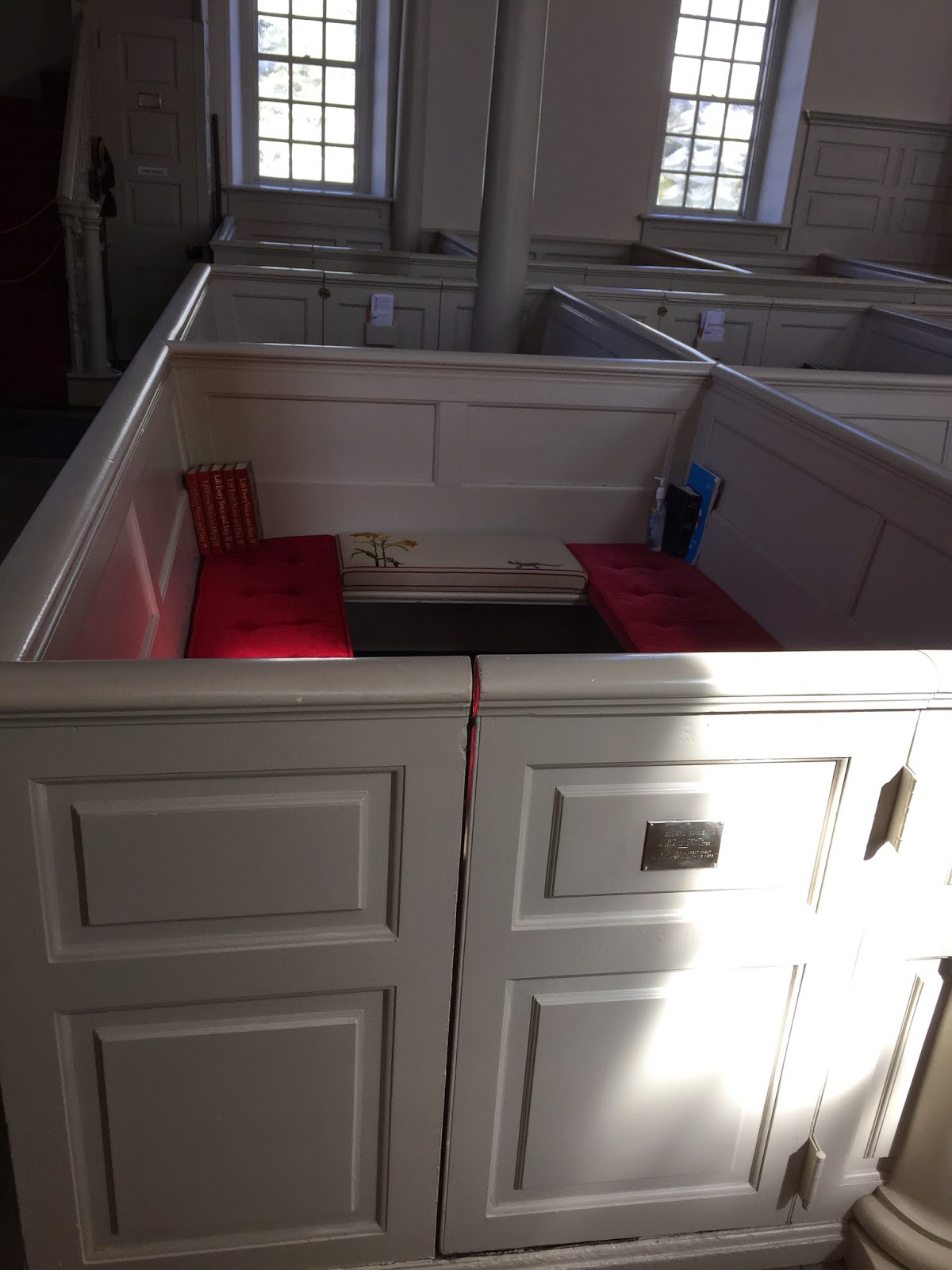From Alexandria's very earliest days to the present, the Market Square has been the established center of the town. It was founded in 1749 by an act of the House of Burgesses. That year, half-acre lots were sold at auction and the streets were laid out in a grid plan. Two half-acre lots were set aside for Market Square.
In 1752 construction began on the Fairfax County Court House, for this was the year Alexandria became the county seat. Above is a drawing signed "MAC" estimated to be around 1827-1852 and shows what the Market House and City Hall looked liked at the time. The one below is an aerial view from 1852 - 1871
I found a diagram of the area in The Alexandria Chronicle from the Alexandria Historical Society which shows the lay of the land.
Over the years changes have been made to the buildings and and a few renovations including a major one in 1982-1984. Below is what the Alexandria City Hall looks like now and in the foreground to the right is the Market Square which basically is a big concrete slab with a water fountain feature, which was obviously closed for the season.
So why did I visit this particular square? Historians at both the Virginia Room in Fairfax as well as the Alexandria library believe this is the very same square where William Payne once knocked George Washington down with a stick.
The story of the Washington Payne fight originally was told by Parson Weems in his book "The Life of Washington", written 10 years after the death of Washington and is summarized as follows. (This is also where the original story of Washington chopping down a cherry tree when he was 6 years old).
A particularly hotly contested election was reaching its climax in Alexandria in December of 1755.
Three men - George William Fairfax, William Ellzey and incumbent Colonel John West - were running to fill Fairfax County's two seats in the Virginia House of Burgesses.
George Washington was a staunch supporter of Fairfax while William Payne headed the friends of Ellzey. Sharp words were exchanged in the Market Square and the twenty-three year old Washington said something which offended Payne, eight years his senior. Whereupon, Payne, despite begin a much smaller man (his granddaughter later described him as "5' 5" tall, quite slender, not a military man at all") struck Washington with his hickory walking stick and knocked him to the ground.
The Colonel of the Virginia Regiment, Virginia's most distinguished soldier, publicly knocked down! Some of Washington's officers wanted to settle the score with Payne then and there. But Washington averted, and he retired to his room where he composed himself and wrote Payne a note saying he wished to meet him the next day. Payne fully expected to be challenged to a duel, but, much to his surprise, Washington apologized and asked Payne for forgiveness. The offer was quickly accepted, the crisis averted and the two men became good friends.
Immediately after the war when the conquering hero (Washington) was returned in peace to his home with laurels of victory green and flourishing on his head, Payne felt a great desired to see him and with his son Devall he set out for Mount Vernon. Washington met him at the door with a smiling welcome and presently led him into an adjoining room where Mr. Washington sat. "Here, my dear". "Here is the little man you have so often heard me talk of, and who, on a difference between us one day, had the resolution to knock me down, big as I am. I know you will honor him as he deserves, for I assure you he has the heart of a true Virginia."
Parson Weem's biography of Washington, while extremely popular and influential, is a notoriously unreliable source. The book, full of factual errors, myths and moralizing vignettes, generally portrays a priggish perfect Washington. Reputable historians almost instinctively shy away from citing Weems as their source. Nevertheless, as the most renowned Washington scholar, Douglas Southall Freeman, acknowledges, this is one Washington tradition that seems to be well founded.
Bishop William Meade found the tradition strongly help by the Payne family in the 1850's. A family member indicated the William Payne in the Alexandria vestry book (I was able to find this book at Pohick Church) was the same William Payne who knocked George Washington down. When Bishop Meade began to criticize the man for too much self complacency in recounting an act of violence, the descendant quickly replied, "Oh, No! He was right. For General Washington the next day sent him an apology, instead of a challenge as his friends had anticipated. In fact the Payne family tradition was strong enough and old enough to include the passing down from generation to generation the very cane which Payne purportedly used to strike Washington. I myself am still trying to track this down but have been unable to find anyone who has it or knows about it.
Whether it was true or not who knows. I will tell you that the staff at mount Vernon cherish this book because of the Cherry tree story and it is highly regarded as one of the favorites. I found another article as to a new explanation of how the incident happened which explains Washington publicly dishonored William's younger brother Edward.
The Payne family moto is "Malo mori quam foedari", which roughly translates to "Death before dishonor"

















































.jpg)



















